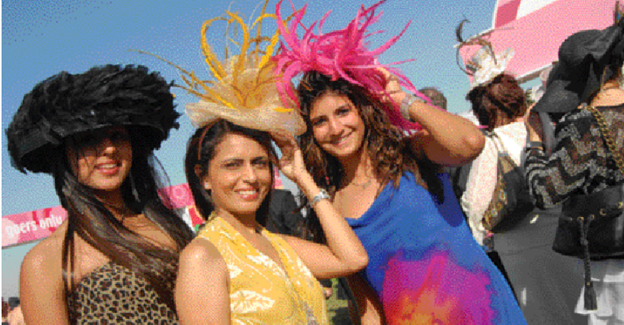Letter from the Gulf: A (boring) day at the races
written by Norbert Schiller
Norbert Schiller
I am the curator for Photorientalist.org, an online museum dedicated to 19th and 20th century photography of the Middle East and North Africa. With three decades of experience as a photographer covering the Middle East for major outlets like AP, AFP, and Getty Images, I have developed a deep understanding of its people and cultures. My books include A Million Steps: Discovering the Lebanon Mountain Trail and Wines of Lebanon, which won the prestigious Gourmand Award. Based in Minneapolis, Minnesota, I enjoy hiking, biking, and canoeing with my family

